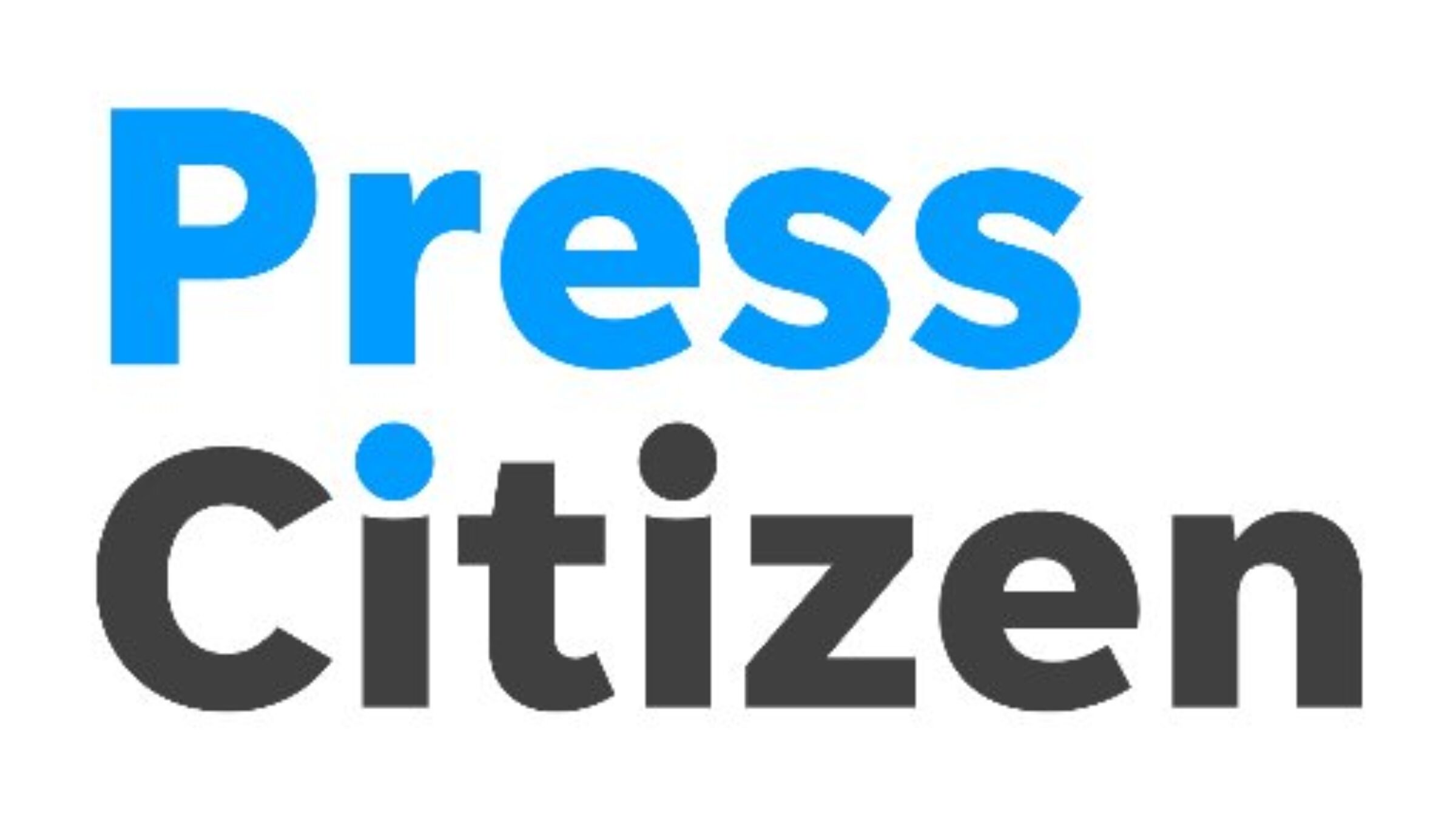State Approaches to Justice Reinvestment
May 25, 2021
State legislators can engage in justice reinvestment by passing legislation that creates a better understanding of criminal justice costs and bolsters recidivism reduction programs.

Introduction
Justice Reinvestment is the final topic that the Millennial Action Project’s Criminal Justice Reform Advisory Council will tackle this year. 2021 is a timely year for a commitment to justice reinvestment as the United States moves beyond the economic crisis precipitated by the COVID-19 pandemic and state legislatures audit budgets in search of savings and more effective uses of funding.
States across the country are grappling with overwhelming prison populations, public safety concerns, and ineffective or unacceptable criminal justice outcomes. Policymakers are turning towards justice reinvestment as a new approach to tackle these issues without investing more money into already bloated prison systems. Justice reinvestment is a “data driven approach to improve public safety, reduce corrections and related criminal justice spending, and reinvest savings in strategies that can decrease crime and reduce recidivism.”
Specifically, justice reinvestment is a robust model used to collect and analyze the sources and efficacy of criminal justice expenditures, then implement legislation and procedures to better use those resources — thereby moving funding towards safer, equitable, and more effective community based programs, and prioritizing the well-being of all Americans. The model is endorsed by the U.S Department of Justice through the Bureau of Justice Assistance (BJA) in the Office of Justice Programs, which coordinates the Justice Reinvestment Initiative (JRI), a program that awards grants to state and local governments for justice reinvestment efforts.
In addition to these agencies, the following organizations partner with the BJA to provide intensive technical support to states looking to audit their criminal justice system:
- The Council of State Governments Justice Center
- Crime and Justice Institute at the Community Resources for Justice
- Pew Center on the States
Where do state legislators come in?
There are two pathways for state legislators to engage in justice reinvestment: working with the Bureau of Justice Assistance to audit their current criminal justice systems, and passing legislation that creates a better understanding of criminal justice costs and bolsters recidivism reduction programs. While many states have advanced legislation to address recidivism rates, overwhelming prison populations, substance use disorders, and mental health, justice reinvestment seeks to better understand and fund the most effective of these efforts. By doing so, legislators are prioritizing cost-saving, a reduction of the criminal justice system’s scope, and creating smarter outcomes for offenders.
Each state should strive for a seamless integration of data about their criminal justice systems. Similar to longitudinal education databases that many state agencies have recently established to create, implement, and monitor programs, justice reinvestment style modeling would ensure the resources funneled through the criminal justice system are directed to the most effective rehabilitation and reconciliation methods for those interacting with the system. By creating a more nuanced understanding of the motivating factors of criminal behavior and the shortcomings of our current approaches, policymakers can provide effective funding, resources, and staff to critical initiatives and drive cost-savings in the long-run. The ultimate goal is to pass a legislative package or omnibus bill that includes various solutions to the drivers of incarceration.
Currently, 31 states have received grant funding through the JRI and some states like Oregon, Pennsylvania, and Kansas have filed and received technical assistance to audit their criminal justice systems multiple times.
State-Based Solutions Through Policy
Auditing prison populations to decrease incarceration numbers
Some states have introduced and passed legislation to fund assessments of their criminal justice systems. A 2016 report found that state governments across the country spent more than $90 billion on their criminal justice systems, while local governments spent more than $140 billion the same year. The same report indicates societal costs of incarceration at $1.2 trillion. States can work with the nonprofits listed above and the Bureau of Justice Assistance to make a data-based analysis of where and how funding is being allocated and begin to assess those expenditures’ effectiveness.
LEGISLATION:
- TX HB2442 – Relates to the creation of the Justice Reinvestment Incentive Program which implements a 2 year justice reinvestment plan to reduce the number of persons convicted of felony offenses and otherwise interacting with the criminal justice system.
- OR HB3333 – Justice Reinvestment bill which directs the Department of Corrections to develop a release matrix with the goal of maintaining the annual average population of 12,000 adults in custody.
- IL SB1957 – Directs the Sentencing Policy Advisory Council to transfer 85% of the total savings calculated from the General Revenue Fund to the Justice Reinvestment Fund to aid in criminal justice reforms enacted into law.
- CO HB1019 – Manages a prison population reduction plan through the diversion of possible new inmates to community corrections, work release and home detention
- Research grants to study and audit current CJR financial resources:
Community Supervision
Another way to decrease the number of people incarcerated for petty or non-violent offenses is through investing in and improving community supervision programs. States can ensure their community supervision is equitable and fair by setting conditions based on risk assessments. These risk assessments are a case-by-case consideration of the crime committed, the defendant, and the likelihood of this person to offend again. Burdensome conditions — related to how often they must meet with their officers or with excessive home visits, for example — can lead to failure in probation or parole and may result in recidivism. These vague, hard to follow rules may also include “paying steep fines and fees, attending frequent meetings out of town thus taking time off work, abstaining from drugs and alcohol, and reporting any time they change housing or employment.” At the end of 2018, just under 4.4 million people were in community supervision programs, which can take the form of ankle monitors, house arrest, or modified parole which creates more capacity to supervise those released. Ultimately, the goal is to allow offenders to remain in their community with family and friends to rehabilitate within a support system while maintaining appropriate supervision. Studies by the United States Courts explain that community supervision is greatly cheaper than incarceration. The average annual cost to detain a person is over $31,000 whereas community supervision is about $4,000.
LEGISLATION:
- FL HB7125 – Creates a statewide alternative sanctioning program, identifying eligible offenders, eligible violations, and permissible sanctions.
- IN HB1125 – Permits the Cumulative Capital Improvement Fund to establish an improvement fund to provide money to purchase, lease, or pay all or part of the cost of electronic monitoring equipment used by community corrections.
- LA HB149 – Creates reentry court programs, relates to parole, provides relative to reentry court programs, prohibits persons in reentry court programs from being eligible for parole and from receiving diminution of sentence for good behavior or participation in certain programs.
- ME HB1201 – Allows reentry houses as part of supervised community confinement so prisoners can complete their sentences in reentry houses equipped with supervision and flexibility of reentry into society.
Alternatives to Incarceration
As discussed in State Approaches to Transforming Sentencing Reform, some ways to create better outcomes for those interacting with the criminal justice system include diversion programs, community service, and restorative justice approaches. Diversion programs may relate to service, financial literacy, anger management, and mental health programs which provide services related to employment, housing, and drug and alcohol treatments, while restorative justice is a reconciliation model that frequently involves community participation.
LEGISLATION:
- CO HB1393 – Expands mental health diversion pilot program to include more judicial counties to increase the number of participants.
- IL HB716 – Creates the Illinois Criminal Justice Information Act Violence Reduction Fund to provide funding to community-based organizations whose primary purpose is violence reduction in disproportionately impacted areas.
- MO HB1173 – Establishes the Community Rebound Act of 2021, which creates incentives for evidence-based practices to reduce recidivism.
- TX HB3529 – Reduces rates of family violence recidivism through the creation of a family violence pretrial diversion pilot program.
Juvenile Justice
Juvenile justice is one of the most effective areas for justice reinvestment given young people are often first time offenders when arrested. Examples of Juvenile justice strategies include ensuring that young offenders are not placed in out-of-home centers, reducing confinement for low-level offenses, encouraging diversion programs targeted for young people, and passing “raise the age” legislation which raises the age a young person can be tried in adult court from 16 to 18 years old. Today some states are working to pass legislation that continues to raise the age from 18 to 21 on certain crimes to ensure young people are afforded a just opportunity for rehabilitation.
LEGISLATION:
- UT HB239 – Increases precourt interventions, reduces out-of-home placements, and institutes performance-based contracting for juvenile offenders.
- TX SB2085 – Relates to the diversion of certain foster youth from the juvenile justice system, including through emergency behavior intervention by certain persons providing foster care services.
- CA SB493 – Revises and recasts required components of the multiagency juvenile justice plan to, among other things, require a plan to include an assessment of existing community-based youth development services.
- TX HB3315 – Relates to the creation of a pretrial intervention program for certain youth offenders, also authorizes there shall be no fee for expungement of records after the young person has completed the intervention program.
- OK HB3295 – Delays sentencing for young adults by increasing certain age limitations for minimum and maximum sentences.
Funding for Recidivism Reduction Programs
Finding policy solutions that reduce instances of recidivism is another critical step in minimizing the overall cost of administering the criminal justice system while creating better outcomes. Examples include job and educational training (both in and out of prison), record expungement, “Ban the Box” in housing and job applications, and equitable access to housing after release. To ensure desired and sustainable outcomes, these policies also need the appropriate funding to create or monitor automatic record expungement; authorize and fund housing as well as housing allowances and stipends immediately post-release; pay vocational trainers; provide incentivizes for businesses to hire formerly incarcerated; fund mental health resources and substance use disorder counseling with an emphasis on a compassionate trauma-based approaches. By doing so we will ultimately reduce the need for public taxpayers to fund prison systems.
LEGISLATION:
- CO HB1017 – Allows the department of corrections and local jails to make opioid agonists and opioid antagonists available to a person in custody with an opioid use disorder.
- IL HB4853 – Directs the Department of Human Services to act as the single State authority and subject matter expert for substance use disorder prevention, intervention, treatment, and recovery support service.
- CO HB1193 – Amends existing programs that provide access to substance use disorder treatment to pregnant and parenting women up to one year postpartum. The act also creates child care pilot programs for parenting women engaged in substance use disorder treatment.
- TX HB4468 – Allows for county jails to establish a community mental health program in a county with a population of less than 250,000.
- CO HB1262 – Ensures unspent general funding is reallocated to the housing assistance for persons transitioning from the criminal or the “juvenile justice system cash fund.”
Conclusion
By taking a step back, analyzing state criminal justice systems, and better understanding how to create effective results, legislators can help their communities reduce prison populations and costs to create better outcomes for all citizens. Justice reinvestment is a powerful method to ensure existing recidivism reduction and other criminal justice initiatives are functioning as intended and have the requisite resources to accomplish their goals. By investing now, we will create better outcomes for those in the system, and reduce the burden of all Americans contributing to incarceration through tax dollars.
*Be on the lookout for additional opportunities for funding and technical assistance from the Bureau of Justice Assistance and their state based partners regarding applications for justice reinvestment auditing.






Join 1,900+ BIPARTISAN LEADERS NATIONWIDE
Be a part of a network of lawmakers committed to governing effectively, passing more representative public policy, and increasing public trust in democracy.